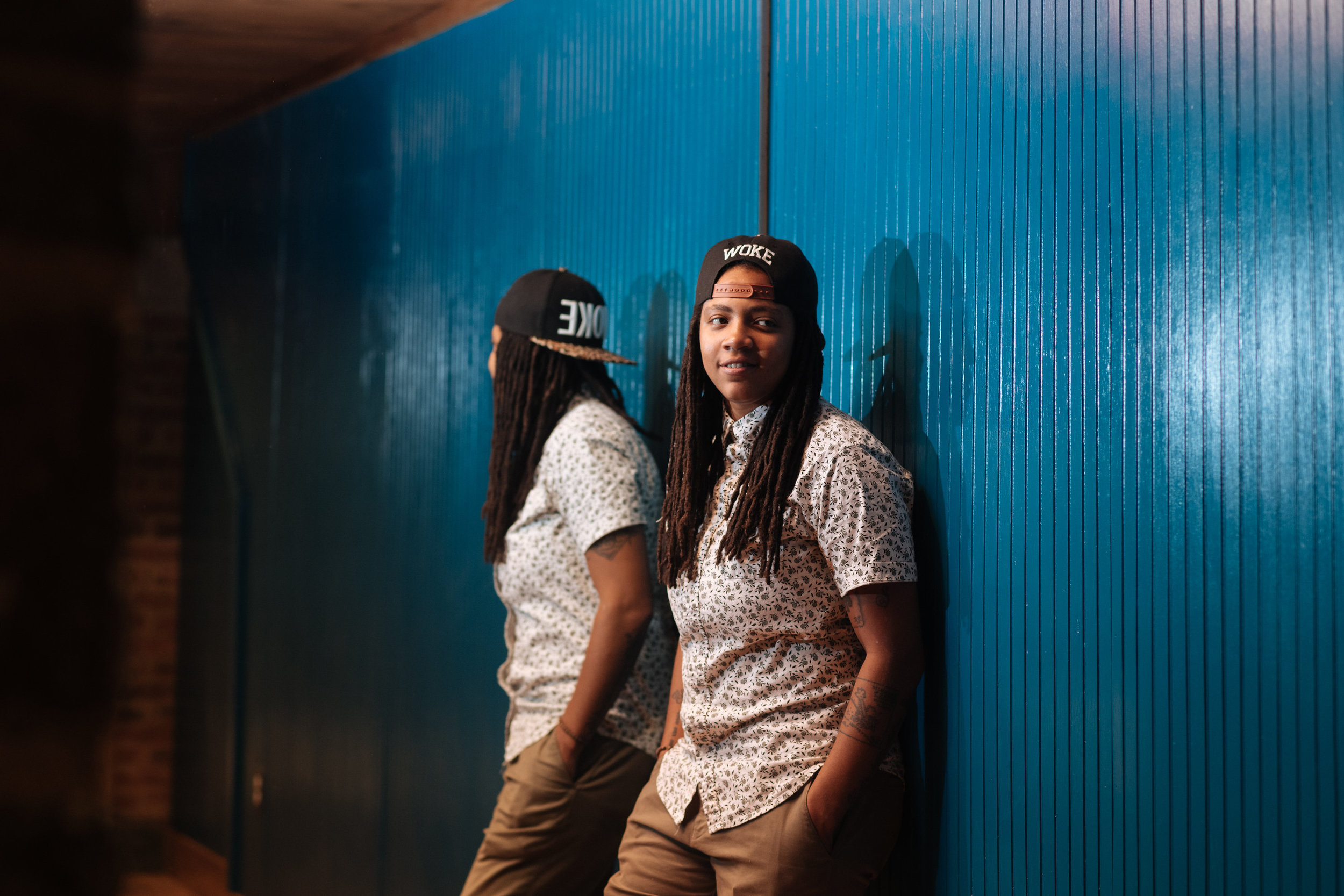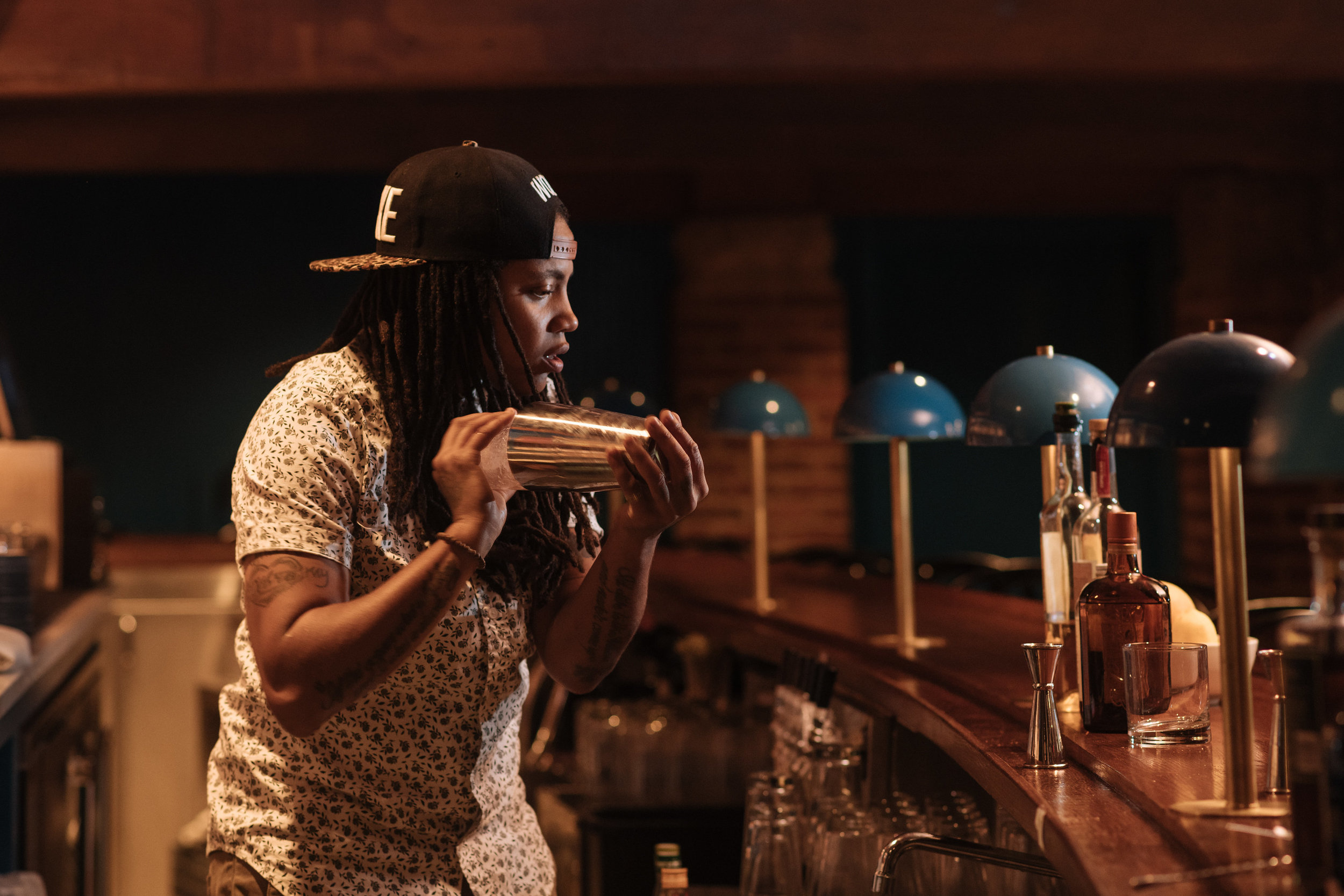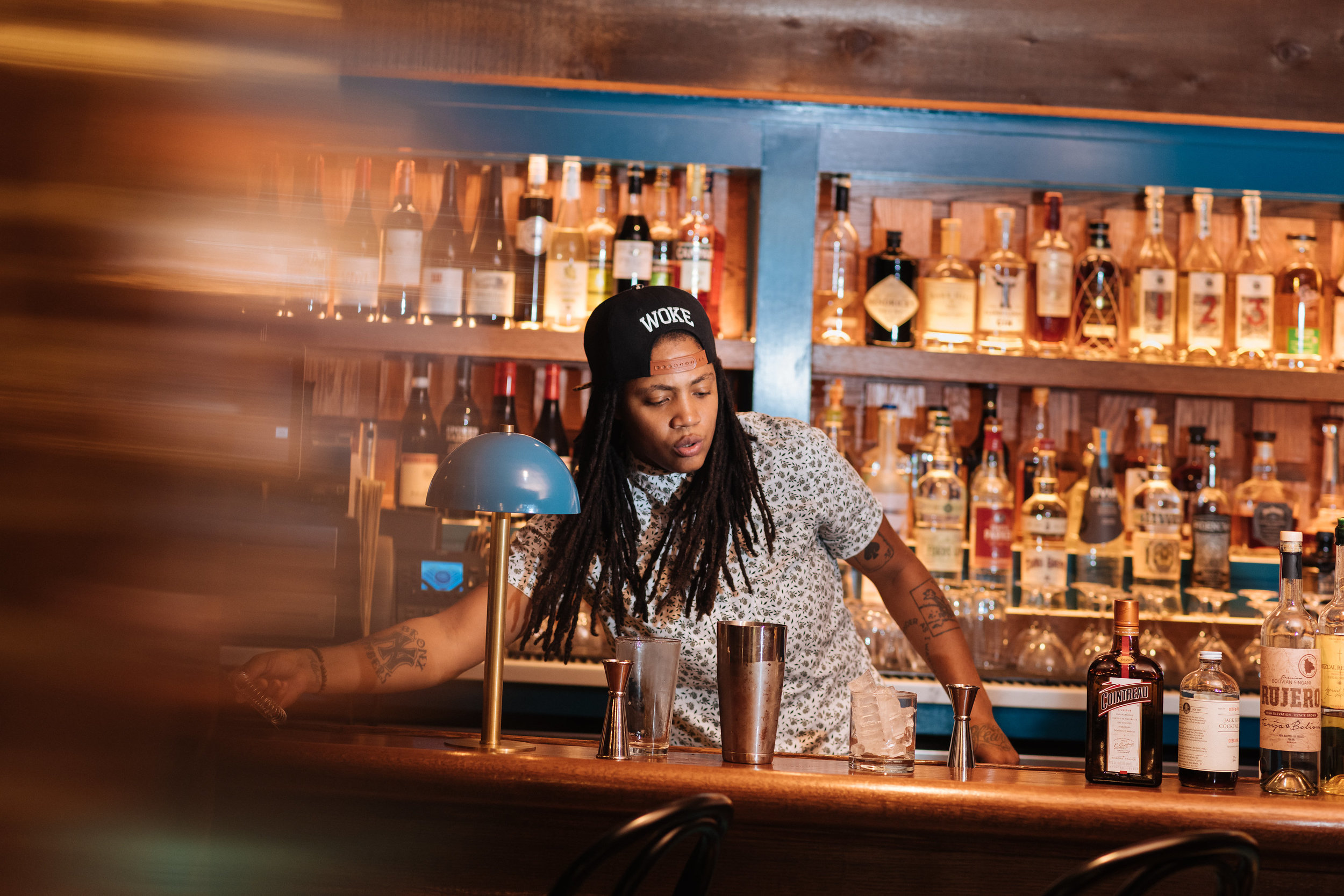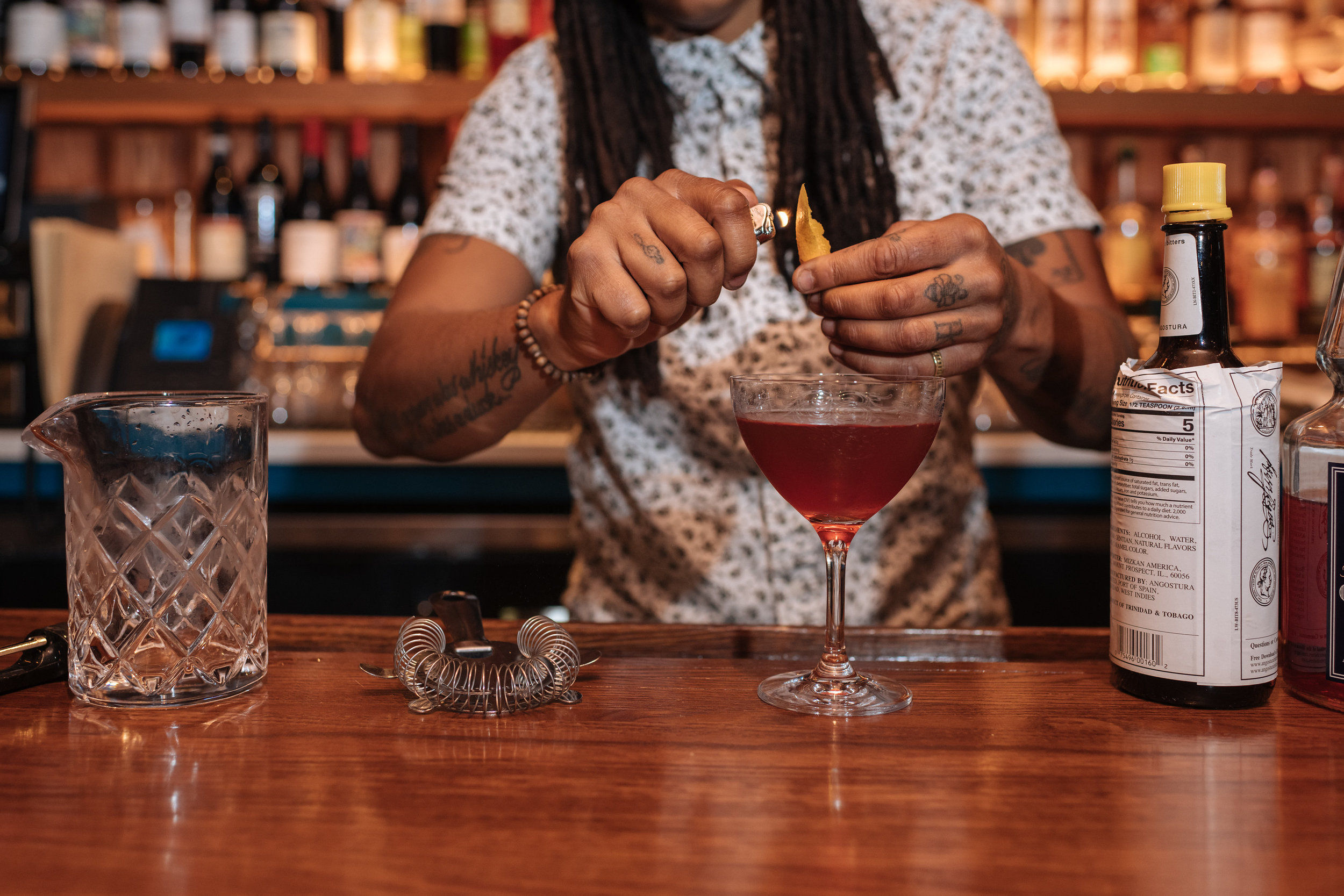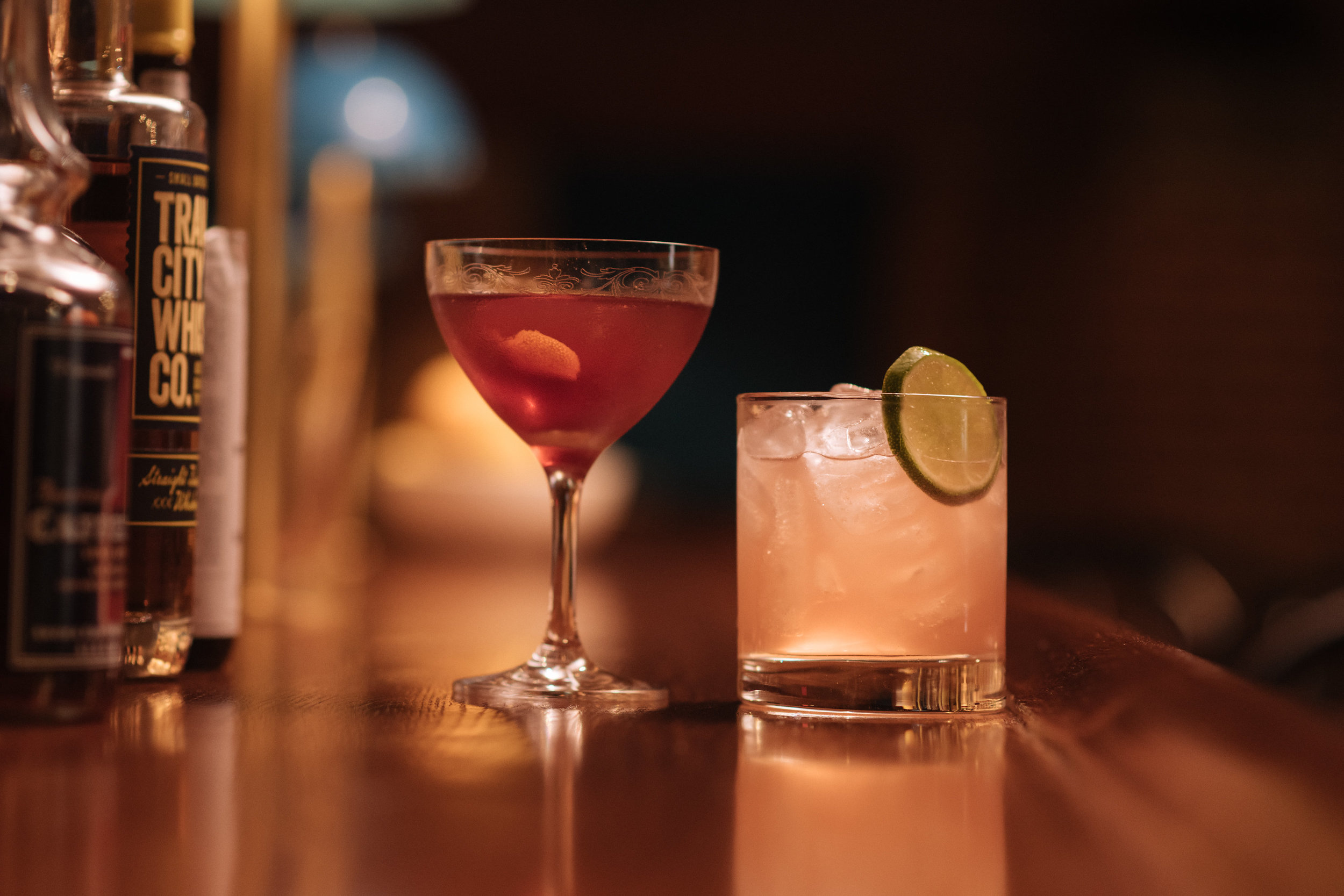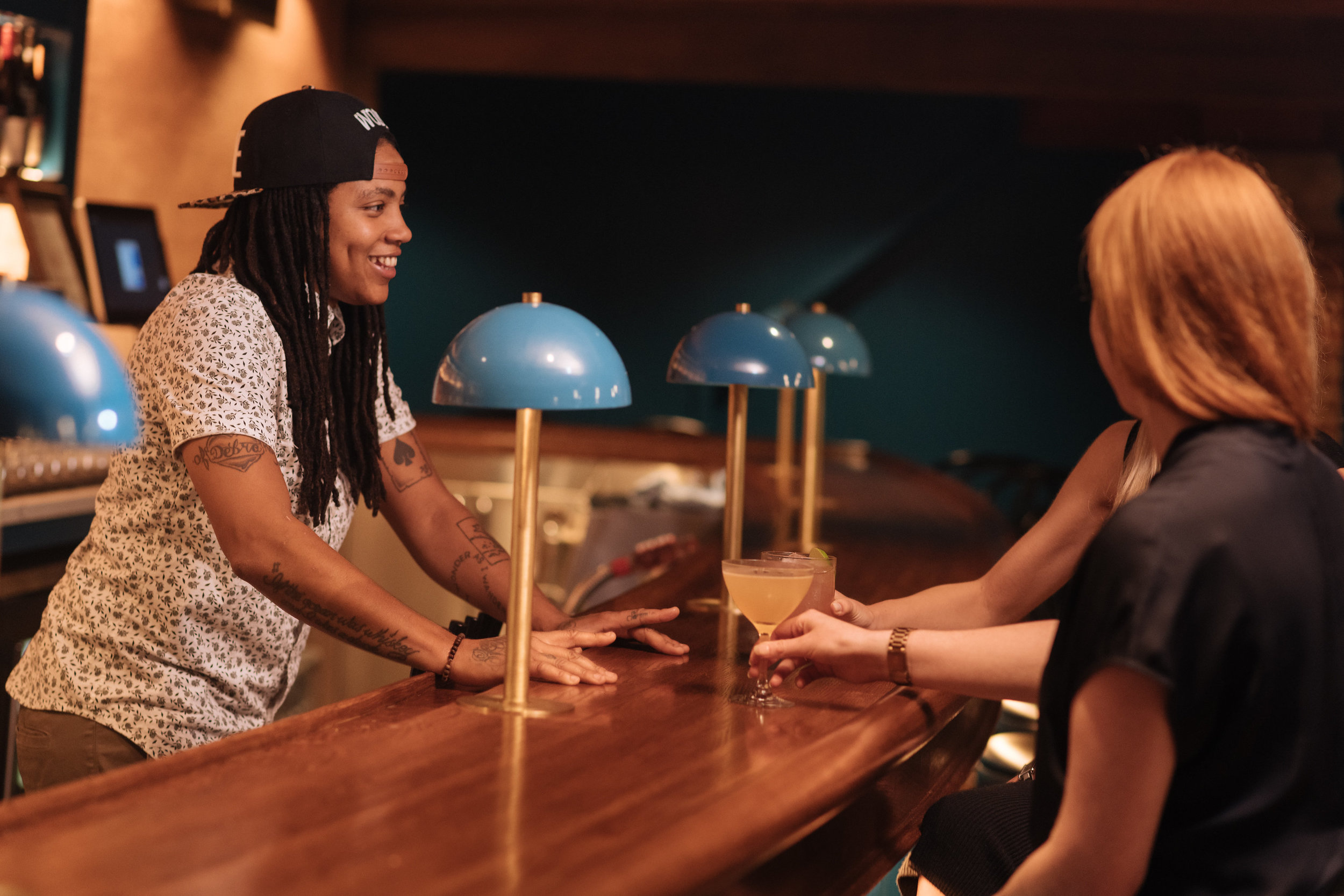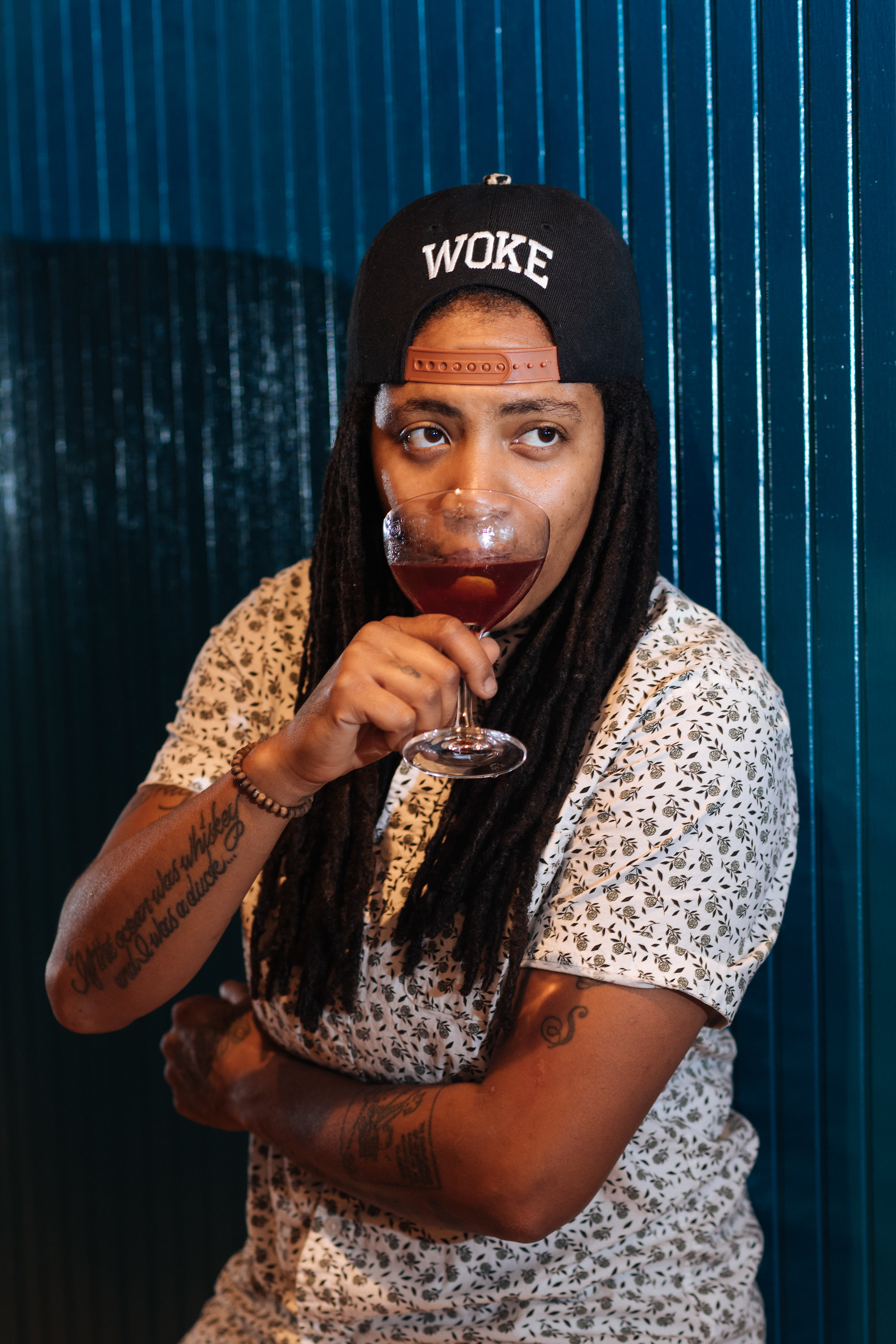‘I Describe Myself as a Conscious Culinary Body’
There’s a science behind ‘shaken, not stirred.’ A reason why you shake a cream or an egg white, but you stir in the absence of citrus. But getting people to actually drink your cocktail? That’s an art.
Andra ‘AJ’ Johnson is in the business of both.
‘Because of the way the palate works, if flavors aren’t balanced, that cocktail will not work. All of that is pure science. But the drink has to look appealing. If something’s on fire, you’re gonna want to know what that is. The eye-catching part is where the art comes in.’
As beverage director and sommelier for Dyllan’s Raw Bar Grill—the new canal-side restaurant in the former Sea Catch space—AJ is focused on putting her unique spin on cocktails while remaining true to the concept of the space.
‘I describe myself as a conscious culinary body. I still try to understand the historical value and the things that go into what I’m putting into my cocktails, but I find all sorts of ways to make sure they represent who I am and my personality and what I believe in. The way that I often express my creativity is through how I choose the names for my cocktails.’
One such drink is Holler if You Hear Me. Made with locally distilled rye whiskey, Spanish brandy, and red Quinquinam, the cocktail is an ode to Herman Hollerith, whose Tabulating Machine company was located in the Dyllan’s space to tabulate the 1890 Census. Later, it became part of I.B.M.
‘Herman Hollerith is a bad name, but you can find things that really work once you start delving into the history of things. The history of this building—just from there, I was able to have a lot of fun in terms of ingredients and names.’
The restaurant and beverage industry came naturally to AJ. She started her career as a Chili’s busser when she was 14, became a manager at 19, and was creating cocktail programs at 21 ‘on the dot.’
‘For what it’s worth, I made life-long friends at Chili’s and I watched what they did and tried to do as best of a job as I could. One guy, Mike, they had him food running, but he knew how to do everything in the restaurant. I learned just about everything I needed to learn from him in terms of how to work a restaurant.’
As part of her transition from casual to fine dining, AJ spent three years consistently educating herself—heading to a bar at the end of every shift and trying new drinks, regardless of the price.
‘Whatever I had left in cash tips, I would go and try to buy at least one glass of wine, and write my own notes about it so I could sell that wine. Or sell that cocktail or spirit. There were a couple of people who really pushed me to explore more, but a lot was learning on my own.’
Since then, AJ has been steadily working to improve DC’s beverage industry. The Bronx native spent eight years in L.A., but her roots are here—and so is the scene. She says DC now stands shoulder-to-shoulder with just about any city when it comes to its cocktails, and customers are increasingly interested in expanding their understanding of the art form. Bartenders, in turn, are encouraged to be more experimental.
‘We’re trying to set ourselves apart so much, and everyone is using a lot of ingredients that no one has ever seen before. Right now we’re seeing a lot of people stepping away from having to have a gin, a vodka, a tequila, a rum cocktail. They’re stepping out with really fun stuff, like bijou, and doing a lot of sherry cocktails. The Mezcal wave has hit the city. I’ve sold more Mezcal this year than in my entire career. We’re putting people onto different base spirits, and riffing off of classics.’
Take the reverse martini, for example. AJ says the inverted proportions of vodka and vermouth change your entire understanding of the classic.
‘As long as the flavor profiles are working, the possibilities are endless.’
So, too, are the possibilities in Georgetown. AJ says many residents have their watering hole back, and she’s seen a lot of new faces, too. She hopes Dyllan’s will spearhead the revitalization of Georgetown’s late-night dining and bar scene, offering everything from a $20 to a $200 experience well past 10 p.m. Emphasis on experience.
‘Anyone can walk into a liquor store and buy things off the shelf that they like. Our job is to create a unique experience for them. There’s never a day that goes by that someone doesn’t ask what something is in at least one cocktail, and that’s part of the fun of it.’
Although AJ is happy with DC’s beverage scene, she says she’d like to see the industry become more inclusive, with more access to training and knowledge.
‘I should be teaching three or four other people if I’m the lead in a restaurant. Everyone is my child. It’s a big ask for some people who are big, major brands, but teaching is number one, because it helps us remember things we forgot and be more on top of the game. And it creates a sense of community.’
AJ recently wrote a book called White Plates, Black Faces, about black ownership in DC’s restaurant industry and the lack of equal representation in food and beverage guides. Her webseries roundtables run parallel to the topics in the book, illuminating stories from others in the industry who share a similar lens.
‘It’s all of the black people who sat down with me and did a roundtable or interview. I knew I couldn’t tell that story just being my own experiences and opinions. It puts these faces on the forefront.’
Shaking, and stirring.
